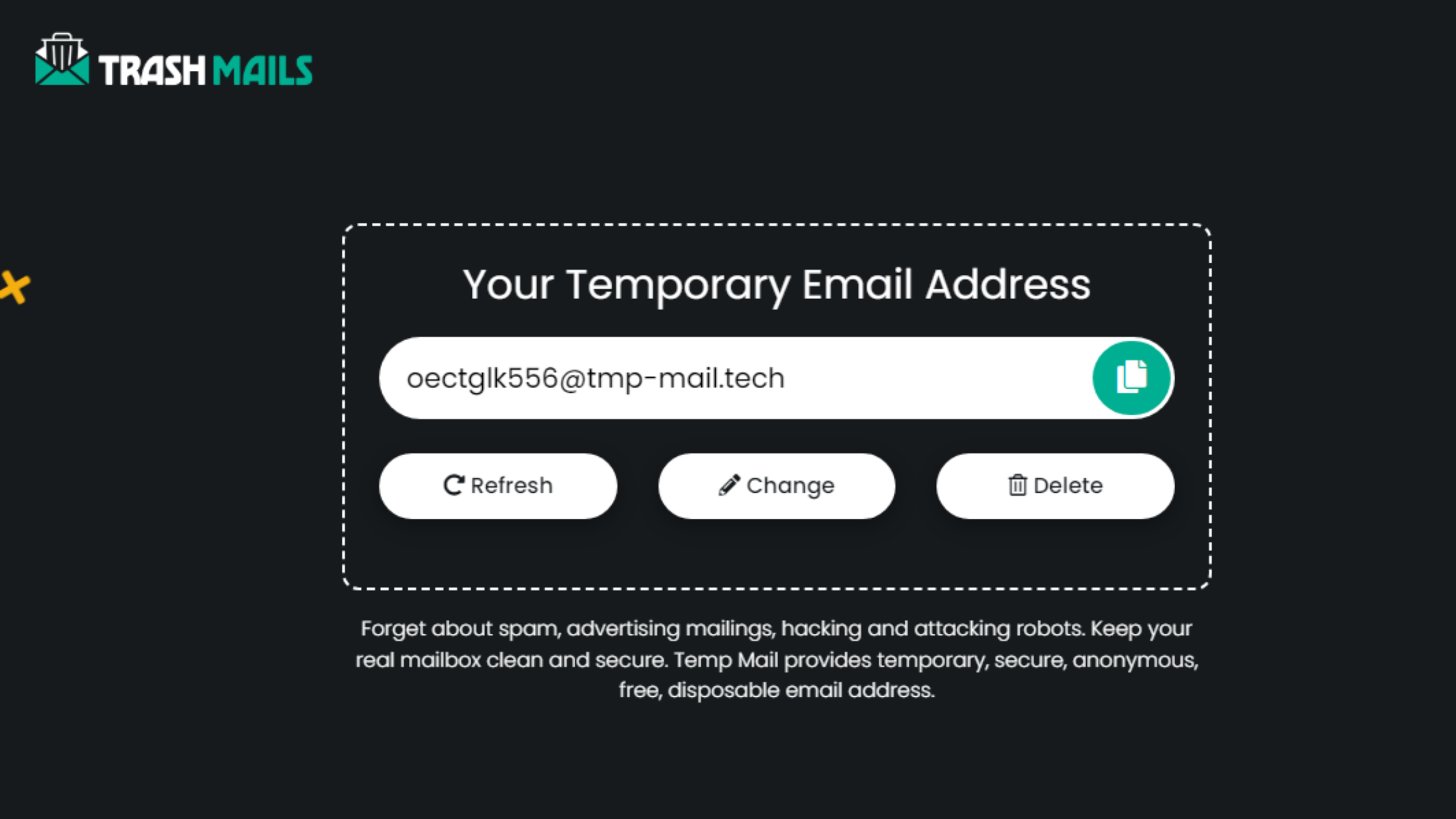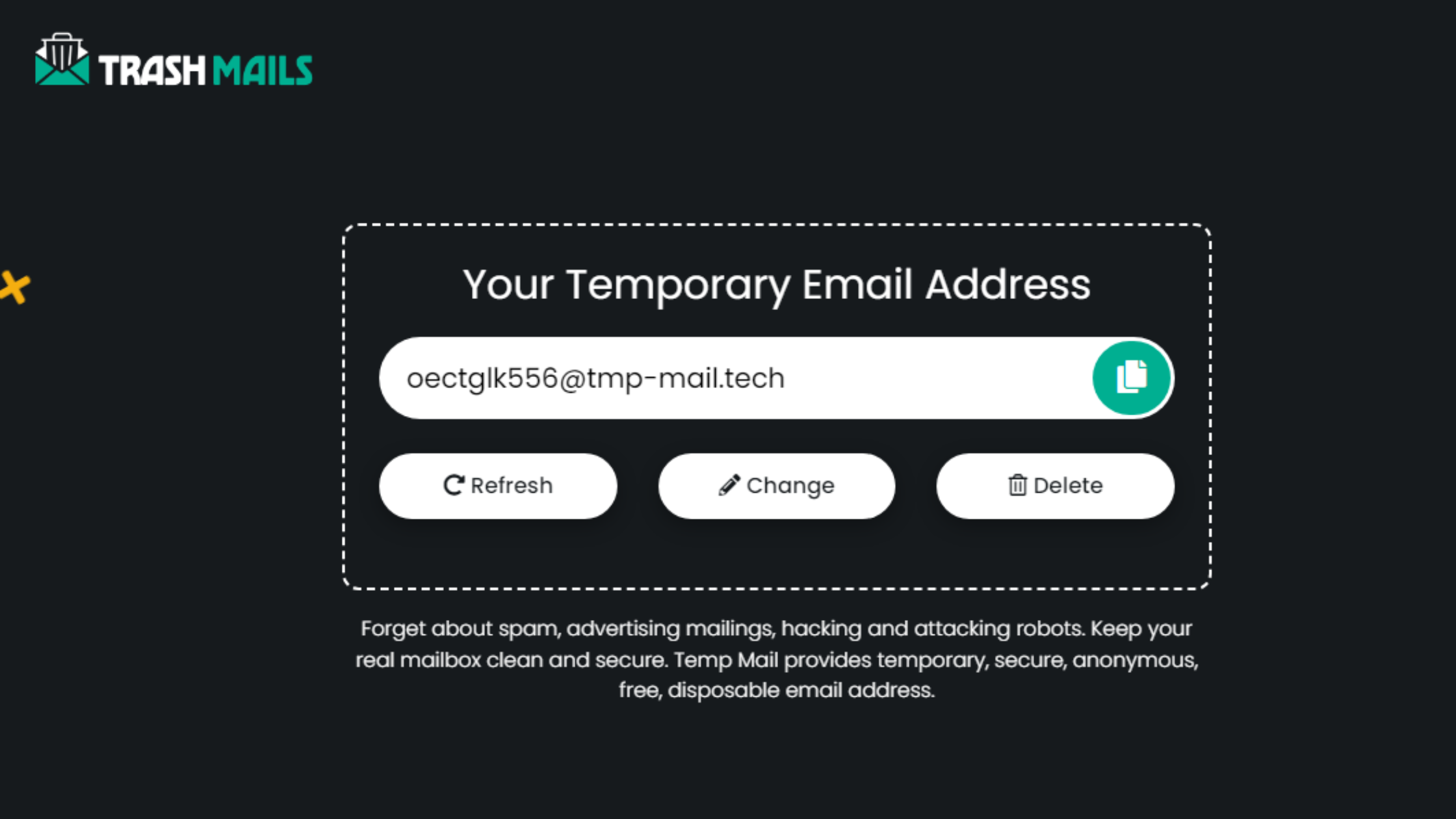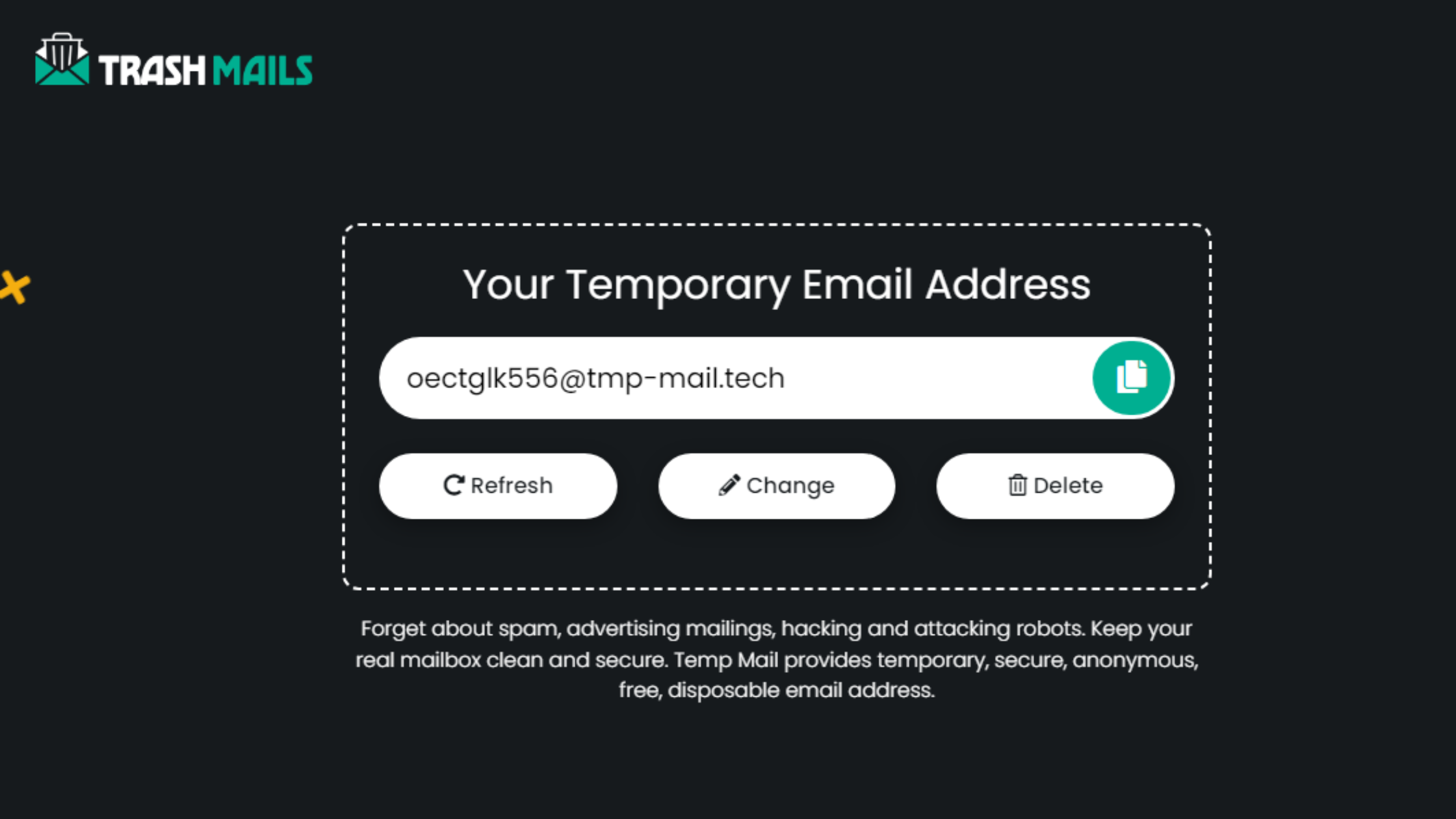In today’s digital age, where web applications and email communication are crucial, ensuring the smooth functionality of email services is paramount for developers. When creating a website or an application, we often encounter scenarios where email messages play a pivotal role, whether for user registration, notifications, or feedback. This guide explores how to efficiently test email services using temporary mail services, making the process simpler and faster.
Understanding Web Testing
What is Web Testing?
Web testing involves evaluating a web application to ensure its functionality, usability, and performance meet specified requirements. It encompasses various aspects, including checking links, forms, cookies, and, most importantly, email services.
Why is Email Testing Crucial?
When developing a web application, developers need to verify that their email functionalities work flawlessly. Here are a few reasons why email testing services are crucial:
- User Registration: Confirm that new users receive their activation emails.
- User Feedback: Ensure feedback forms send emails to the correct recipients.
- Notifications: Validate that users receive timely notifications about events or updates.
The Challenges of Email Testing
Testing email services often presents challenges for developers, particularly when creating test user accounts on popular email platforms like Gmail or Yahoo. This process can be time-consuming and inefficient. That’s where throwaway email services come into play.
What is Temporary Mail?
Temporary mail, or disposable email, provides a way to receive emails without using a personal email address. These services allow developers to generate a temporary email address to receive emails, making it an ideal tool for testing.
Benefits of Using Temporary Mail for Testing
- No Registration Required: Create an email address without signing up.
- Quick and Efficient: Save time by eliminating the need for multiple email accounts.
- Privacy Protection: Keep your personal email secure from spam and unwanted messages.
How to Test Email Services Using Temporary Mail
Now that we understand the importance of email testing and the benefits of temporary mail, let’s delve into how to use these services effectively.
Step 1: Choose a Temporary Mail Service
Numerous online services provide temporary mail. Websites like temp-mail.org allow users to generate a temp work email quickly.
Step 2: Generate a Temporary Email Address
- Visit the Website: Open the temporary mail service of your choice.
- Copy the Email Address: Once the page loads, you will see a temporary email address displayed prominently.
- Use the Address: Paste this address in the relevant fields of your web application.
Step 3: Send a Test Email
- Trigger Email Functions: Perform actions that send emails within your application, such as registering a new user or submitting a feedback form.
- Check Incoming Emails: Refresh the temporary mail page to see if the emails arrive.
Step 4: Analyze the Results
Once you receive the test emails:
- Verify Content: Ensure the emails contain the expected information.
- Check Formatting: Look for any issues with how the emails are displayed.
- Test Links: Click on any links within the emails to verify they lead to the correct locations.
Additional Use Cases for Temporary Mail in Web Development
1. Feedback Forms
Using temporary mail for testing feedback forms is essential. By utilizing a throwaway email, developers can ensure that submissions are sent correctly without risking their primary email inbox.
2. Event Notifications
Websites often send notifications for events. Testing this feature with temporary mail allows developers to check:
- Delivery schedules: Are notifications sent on time?
- Unsubscribe functions: Can users successfully opt out of notifications?
3. Online Store Transactions
For e-commerce websites, confirming email functionalities related to order confirmations, shipping updates, and customer support responses is critical. Temporary mail services expedite this testing process.
Conclusion
Web testing can be daunting, especially when dealing with email functionalities. However, using temporary mail simplifies the process, allowing developers to test without the hassle of managing multiple email accounts. By adopting this practice, we can enhance our development workflow and ensure our email services function as intended.




